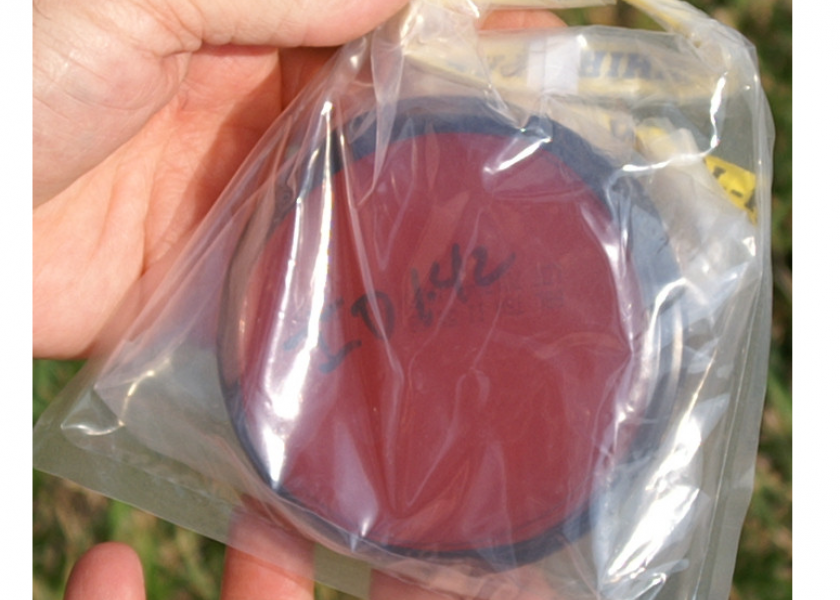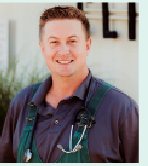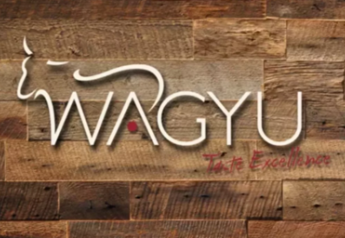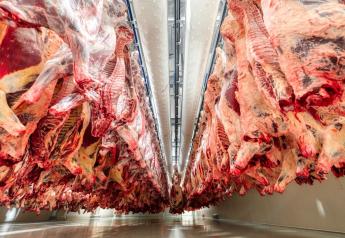Tips And Techniques For Post-Mortems

The following bovine veterinarians share some of their best practices, ideas and recommendations for conducting in-field necropsies effectively and efficiently.

General Post-Mortem:
- Similiar to a physical exam, use a consistent process for every post-mortem. This will create a habit that becomes second nature, ensuring that a complete post-mortem is performed regardless of any potential bias the clinician may have as to cause of death. In the words of the late Dr. Otto Radostits, renowned bovine clinician and educator, “You will miss more for not looking than for not knowing.”
- Start with the end in mind. In other words, how will you or your client use the information gained during a post-mortem to make decisions? By thinking about this first, the post-mortem procedure and associated information collected can be structured in a way that is useful and efficient for accomplishing the end goal.
Procedural Post-Mortem:
Having some simple, yet often overlooked equipment can make the process safer, more efficient and more enjoyable.
- In the summer, bug spray and sunscreen can come in very handy.
- In the winter, disposable handwarmers keep everything from toes to cell phone batteries warm.
- Using a cut resistant glove on the non-dominant hand, under latex gloves, provides extra protection.
- A good headlamp is almost as important as a sharp knife when doing post-mortems after dark.
- A utility knife with disposable “gut hook” blades saves knife blades from getting dull when opening hides.
- A reciprocating saw is a useful tool for opening the chest cavity, splitting toes or joints, obtaining brain samples, and various other applications. If using a reciprocating saw, placing a rectal sleeve over the body of the saw with the blade protruding through a finger hole saves a lot of mess and clean up time.
- A pail of warm water quickly thaws out equipment when blood and other fluids freeze to them.
Post-Mortem Diagnosis:
- Be consistent with the diagnoses used. For instance, “bloat” and “ruminal tympany” refer to the same syndrome, but switching back and forth could be problematic, especially with larger operations or data sets. Using consistent terminology simplifies data collation and summary processes and facilitates effective management of post-mortem information.
- Animals that die of bloat don’t always have a “bloat line” and animals that don’t die of bloat will sometimes have a “bloat line.” The key to diagnosing bloat is to determine if the ruminal gas accumulation occurred ante-mortem versus post-mortem, utilizing observations from throughout the carcass. For more information refer to: https://www.bovinevetonline.com/news/veterinary-education/post-mortem-ruminal-tympany-or-bloat

I like to use a box blade or carpet cutter for transecting the skin as to not dull the knives. Box blades are cheap and disposable. I also recommend a large sharp pair of hedge trimmers, the longer the handle the better for cutting through the ribcage. I also have been told via rendering truck drivers to be mindful not to macerate the hide to preserve its value.

Every back tag on every calf can be traced to the sale barn from which it came, and that can come in handy if you have an issue or see vast differences between the cattle coming from that barn. The first two digits on every code indicates the state origin and the second two letters indicate the livestock market.
A Cut Above the Rest: 6 Steps for a More Useful Field Necropsy







